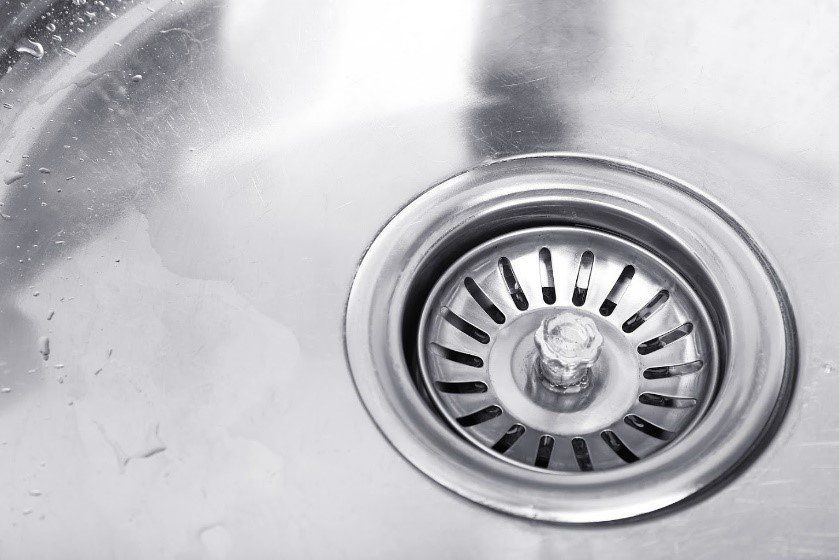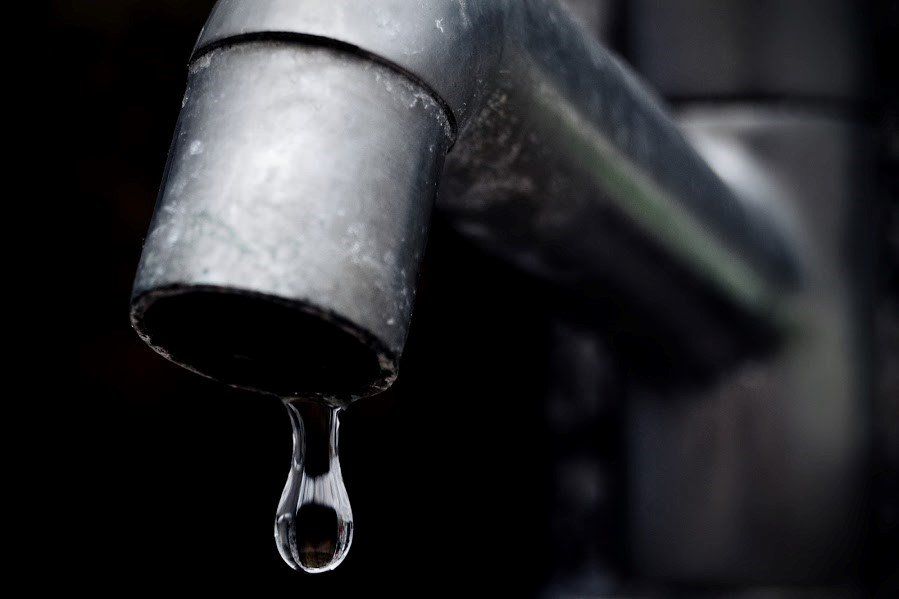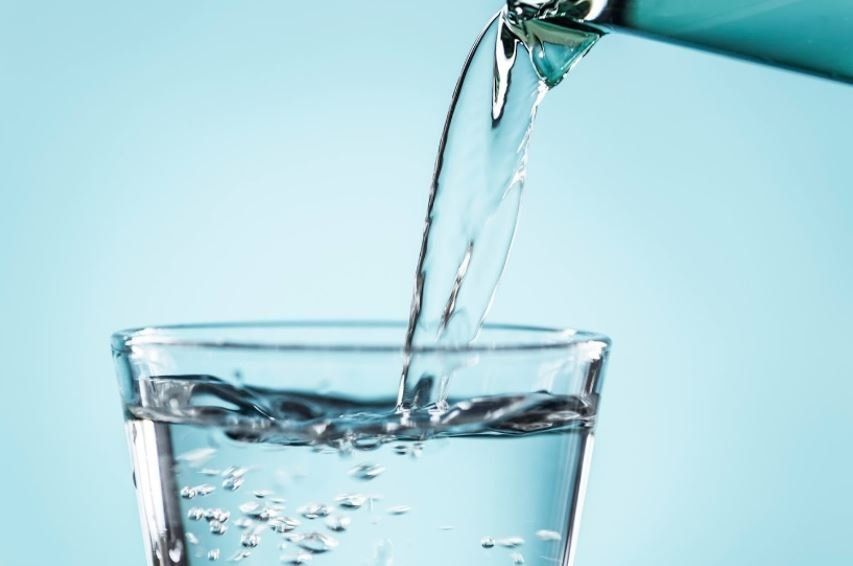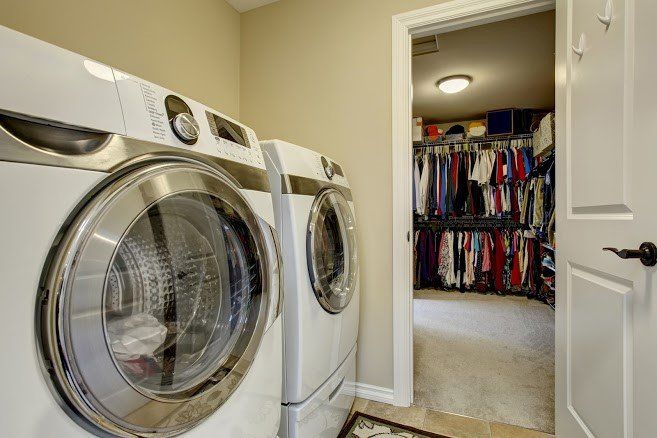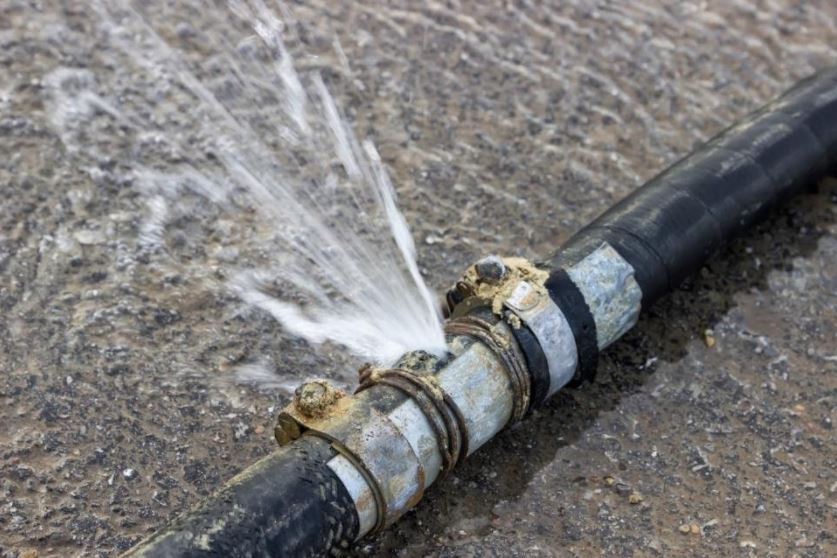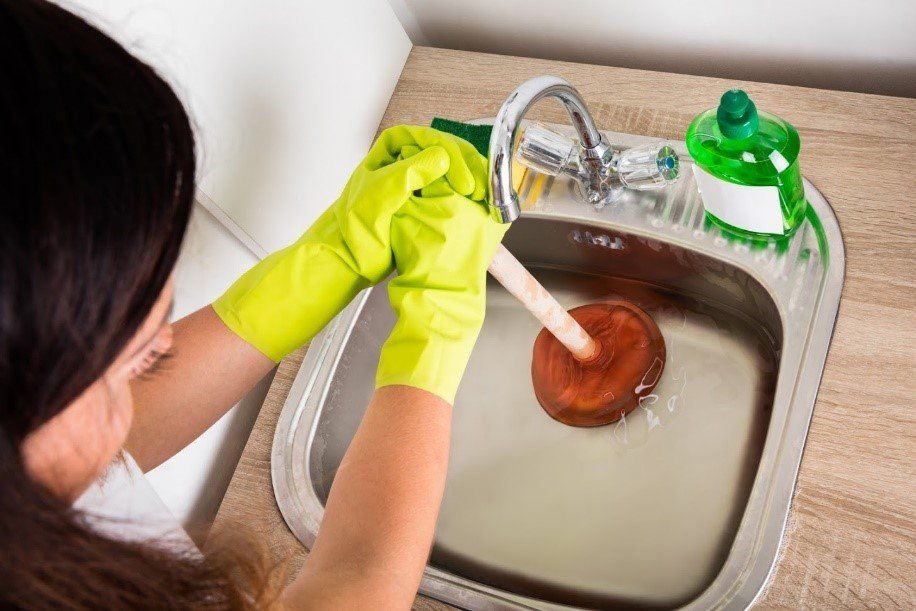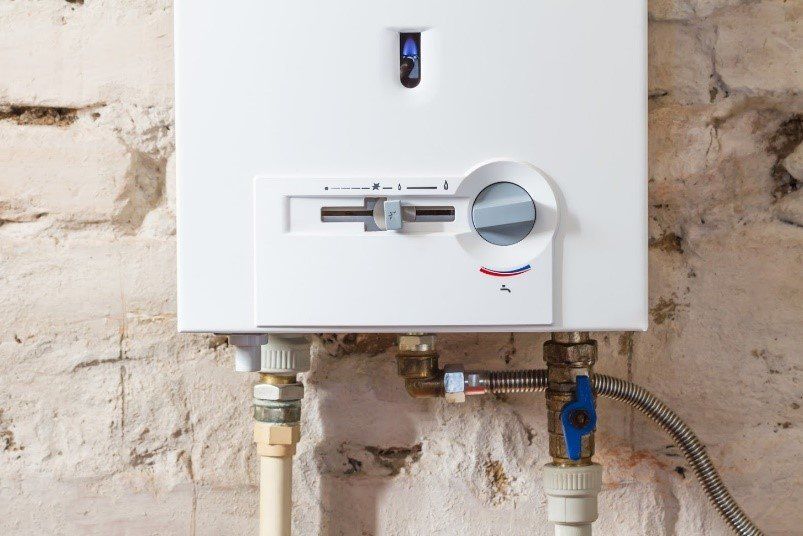Choosing the Right Tankless Water Heater for Your Home
May 27, 2020
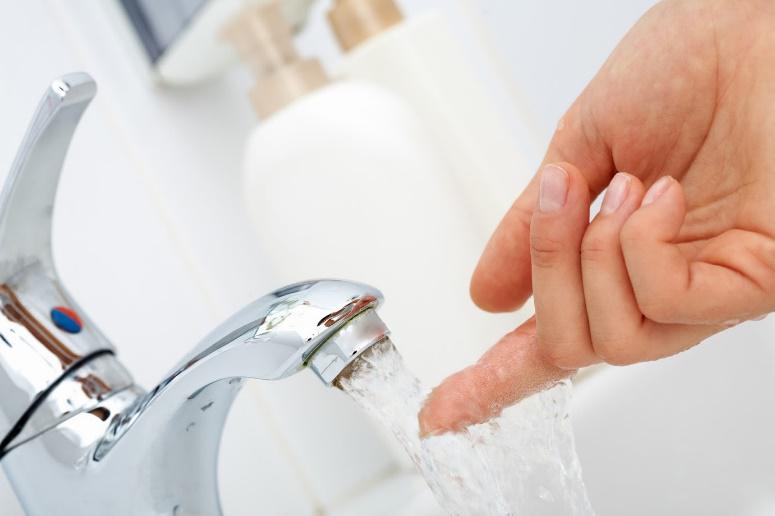
If you want to replace your tank-style water heater with a tankless version, then you likely want to reduce energy waste in your home. The average tankless water heater uses about 30 to 50 percent
less energy than a tank-style water heater. However, you may not realize that you have many tankless water heater options that you can choose from to ensure your new water heater is perfect for your family's needs.
Read on to learn about your tankless water heater options and how to decide on the perfect tankless water heater for your home.
Non-Condensing or Condensing Heaters
There are two main types of tankless water heaters: non-condensing and condensing heaters. Each style has its unique advantages.
Non-Condensing Heaters
Non-condensing tankless water heaters have been on the market longer than other tankless water heater styles. Aside from having a proven track record of good performance, this water heater style relies on just one heat exchanger, is typically economically priced, and can be smaller in size than other tankless water heater styles.
However, this tankless heater style releases an extremely hot exhaust that can reach 300 degrees F. This hot exhaust must be vented through metal vents instead of standard PVC vents, because PVC can be damaged by high heat.
Condensing Heaters
Condensing tankless water heaters are newer to the market and slightly more energy efficient than non-condensing heaters. These water heaters rely on two heat exchangers instead of just one. The additional heat exchanger reintroduces the heat emitted by the hot water heater exhaust into the water heating process to reduce the overall energy consumption of the heater.
However, some low-temperature exhaust is still released by these heaters, so a ventilation system is still required, although this lower-temperature exhaust can be projected through PVC vents.
While both types of tankless water heaters are great options, realize that while a condensing heater may be a bit more costly than a non-condensing heater, its greater energy-efficiency will help you recoup your investment in it over time as you save on the energy you use to power it.
A non-condensing heater operates with about 80 percent energy-efficiency, while condensing heaters can operate with up to 98 percent energy efficiency.
Gas or Electric Power
Another option you have when choosing a tankless water heater is whether you would like an electric- or gas-powered heater. While most electric tankless water heaters are more energy efficient than their gas-powered counterparts, natural gas is typically more affordable than electricity in most areas. That means that most gas-powered water heaters reduce water heater energy expenses more than electric tankless water heaters, even though they are slightly less energy efficient.
Gas-powered tankless water heaters also tend to stay in good shape longer than tankless heaters powered with electricity. However, keep in mind that natural gas-powered tankless water heaters typically require more extensive ventilation systems than electricity-powered heaters, which can increase installation costs slightly.
Whole House or Point-of-Use System
Many people considering tankless water heater installation are surprised to learn that they can choose from models that provide hot water for the entire home (whole house heaters) and those that provide hot water only for specific rooms or areas of the home (point-of-use units). Point-of-use units are also called zone units.
Whole house units are good options for most homes, since the installation of multiple point-of-use units can require a more extensive and time-consuming water heater installation process. The main disadvantage of having a single whole-house unit is that here can be a slight lag when obtaining hot water in some areas of the home when only one unit is supplying hot water to an entire home.
However, some homeowners prefer to have several point-of-use tankless water heaters supplying their hot water, especially if they have large homes and would like to eliminate lag time before hot water flows through home taps.
Keep these tankless water heater facts in mind to help you decide what type of tankless water heaters you would like to add to your home. Contact the tankless water heater experts at Scotto's Plumbing to discuss tankless water heater installation
today.

Sometimes, plumbing problems are caused by things we can see- like a clogged drain or an overflowing tub. However, these aren't always the root of the problem. While these are easy to fix, there is another dangerous plumbing issue that you should be aware of: roots in pipes. It may sound strange, but it's not unusual for roots to find their way into plumbing systems and cause a major headache. Root infiltration into your sewer lines can cause serious problems if not treated quickly and efficiently. Roots growing in sewer pipes can clog drains, back up wastewater, and even completely destroy pipes. You should be aware of the signs of roots in your pipes so that you can take quick action before the problem gets worse. Why Do Tree Roots Grow Into Pipes Tree roots grow into pipes for several different reasons. One potential cause is they are seeking something they need to grow, such as water or nutrients. Another common cause of tree roots growing into pipes is because they are already there! Many older homes have been around for decades, and trees have had plenty of time to grow in them. Roots can easily find their way into a sewer line and cause damage. Tree roots can also get into your system if you recently moved near a mass of trees. Pipes last only about 30 years, so make sure to check for leaks every year. There are numerous colors, shapes and sizes of tree roots. Roots grow every day and can even cause major blockages once they grow large enough to occupy the entire inside diameter of the pipe. Speaking of growing: They can grow about an inch or more a day and can travel through the smallest spaces to get to water. Some roots even split once they get deep enough in search of more nutrients. Even though tree roots don't consume as much water as household items as toilets do, their constant intake is still enough to give you a headache or two. Tree roots suck up water through their pores to survive, much like we do. The difference is that tree roots need more water than humans do. While humans need at least one liter of water per day for survival, trees require anywhere from 10 - 100+ liters of water every day! Signs You Have Roots In Your Pipes There are several signs to look for in the case of roots growing into your pipes. The first sign of root intrusion is if your home has a slowly draining water system. The second sign of a root in your sewer pipes is gurgling sounds coming from your toilet. Another sign is finding patches of grass that are much greener than the surrounding grass. That green grass is likely benefiting from the extra water and nutrients from the intrusion. A sunken area in the yard can often be a sign of a root intrusion. As the roots create a hole in the pipe, the surrounding dirt is washed into the city sewer. While the hole may seem small, they can create mini sinkholes which can be quite dangerous. If you do find an issue with roots in your plumbing system, it's important to call a professional plumber immediately and have the problem taken care of before you end up with a large issue on your hands. Scotto's Plumbing can perform a camera inspection to confirm the presence of roots and remove them. Preventing Roots From Entering Pipes To prevent tree roots from entering your plumbing system again, you should make sure that the trees or plants near your home are not feeding off of your water. There are a few ways to do this: Install a rain gutter to collect rainwater from nearby trees and plants. This will keep them from absorbing any of the water. Create a barrier around your house with a layer of gravel at least 3 inches thick. Be sure that it extends at least 12 inches past the perimeter of your home. The best way to create a barrier is by using four layers; the first two layers should be made up of washed gravel (gravel stones that are clean on one side), while the last two layers should consist entirely of cobble (granite-like rocks). Roots from nearby trees and plants can grow into your plumbing system, which is why you need to keep a close eye on the roots that are coming in contact with or touching your pipes. If you notice any signs of an invasion (slow draining or toilet gurgling), it's time to call in professional help to get rid of them before they cause more serious damage than just some unpleasing odors! Scotto’s Plumbing has been providing quality plumbing service to Pinellas County residents for more than 40 years. Contact us today at 727.581.5828 for all of your plumbing needs.

Welcome back to The Sunshine State. While you were away, your plumbing system sat dormant, which can cause major problems. Before you throw on your flip flops and hit our sandy beaches, or head out for a round of golf, spend a little time checking the following items: Shut off Valves: To ensure your shut off valves aren’t stuck or leaking, turn them on and off at the toilets, sinks, and washing machines. Run water for several minutes to ensure there are no drain issues or leaks in your showers, tubs, sinks and washing machine. Flush all toilets. Run hot water in sinks and showers. Check water heater tank for leaks Check exterior hose connections for leaks Check ice maker line to it’s connected correctly and not leaking Run garbage disposal Don’t forget to check other plumbing components, like a water softener, utility sink, or reverse osmosis/drinking water system at your kitchen sink. If you have any problems or concerns, give us a call at 727.581.5828.

